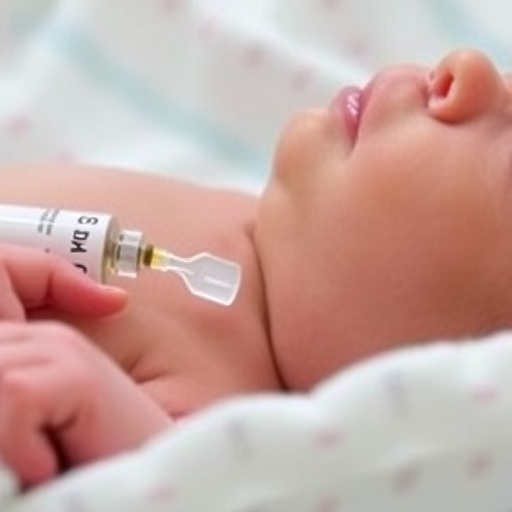More Americans are being diagnosed with thyroid cancer than ever before–over the past 25 years its incidence has tripled. This year alone, more than 50,000 people in the U.S., the majority of them of women, will receive a thyroid cancer diagnosis. Yet, despite the dramatic rise in the rate of diagnosis, morality due to thyroid cancer has remained stable.
In an upcoming article in the New England Journal of Medicine, Drs. H. Gilbert Welch (The Dartmouth Institute for Health Policy and Clinical Practice) and Gerard Doherty (Dept. of Surgery, Brigham and Women's Hospital), assert that this steep increase in the number of people being diagnosed with thyroid cancer–largely reflecting the detection of small papillary thyroid cancers–points to widespread overdiagnosis. Efforts to reduce overdiagnosis are needed, such as refraining from biopsying small thyroid nodules as advocated by the American Thyroid Association. But, Welch and Doherty also advocate strongly for measures designed to reduce overtreatment. These include:
- Active surveillance for selected patients with small papillary thyroid cancers
- In cases where patients prefer to remove the cancer, Welch and Doherty state the case for a thyroid lobectomy (removal of about half the thyroid gland), the lesser of the two surgical options available, as opposed to a total thyroidectomy. The less-extensive lobectomy carries a lower risk of nerve damage, avoids the risk of hypoparathyroidism and, in many cases, allows patients to forgo the need for permanent thyroid hormone-replacement.
The risk of death from thyroid cancer is extremely low (roughly 2% over 25) years and that risk is unaffected by the choice of procedure–total thyroidectomy or lobectomy. Given that fact, one would expect that lobectomy would be the more common surgical procedure of the two. Surprisingly, as Welch and Doherty point out, the opposite is true: The rate of total thyroidectomy is increasing, with about 80% of patients who have surgery to treat localized thyroid cancer undergoing a full thyroidectomy.
While speculating on the reasons for this apparent contradiction–lack of knowledge of new practice guidelines, the difficulties associated with "de-intensifying" care–Welch and Doherty suggest primary care practitioners can help by educating patients about the heterogeneity of cancer: not all cancers or cancer diagnosis are the same- some cancers warrant aggressive treatment, some less aggressive treatment, others are better off left alone
"The average age of diagnosis for thyroid cancer is 50, as compared to say the average of breast cancer which is 62," Welch says. "So, potentially someone could live up to half of their life with the effects–both physical and psychological–of these treatments. That's something we need to take very seriously."
###
Media Contact
Paige Stein
[email protected]
603-653-0850
@DartmouthInst
http://www.tdi.dartmouth.edu




